As far as we know, Earth is the only planet, at least in our galaxy, with life. Consequently, we can assume that life is fairly rare and exceptionally hard to create.
Although scientists don’t fully understand how life was created on Earth, at this point, they do know that if certain aspects of our planet change too drastically, life won’t survive. Experts have deduced that there are four pillars necessary for life on Earth, and they believe they are close to collapsing.
What Does a Planet Need for Life to Survive?

The question of what a planet needs for life to survive is actually far more simplistic than you might imagine.
According to NASA, “The standard definition for a habitable planet is one that can sustain life for a significant period; based on our solar system, life requires liquid water, energy, and nutrients.”
These Ingredients to Life Need to Be Correctly Balanced

However, the question does become more complex when we ask what a planet needs to be able to host animals such as human beings.
Realistically, that water, energy, and nutrients need to be perfectly well balanced to provide the optimal chemical conditions for humans and many other plant and animal species to survive and thrive. Otherwise, we would have never evolved from single-cell microorganisms living in the deep crevices of the world’s oceans.
Climate Change May Disrupt the Optimal Chemical Conditions of Earth
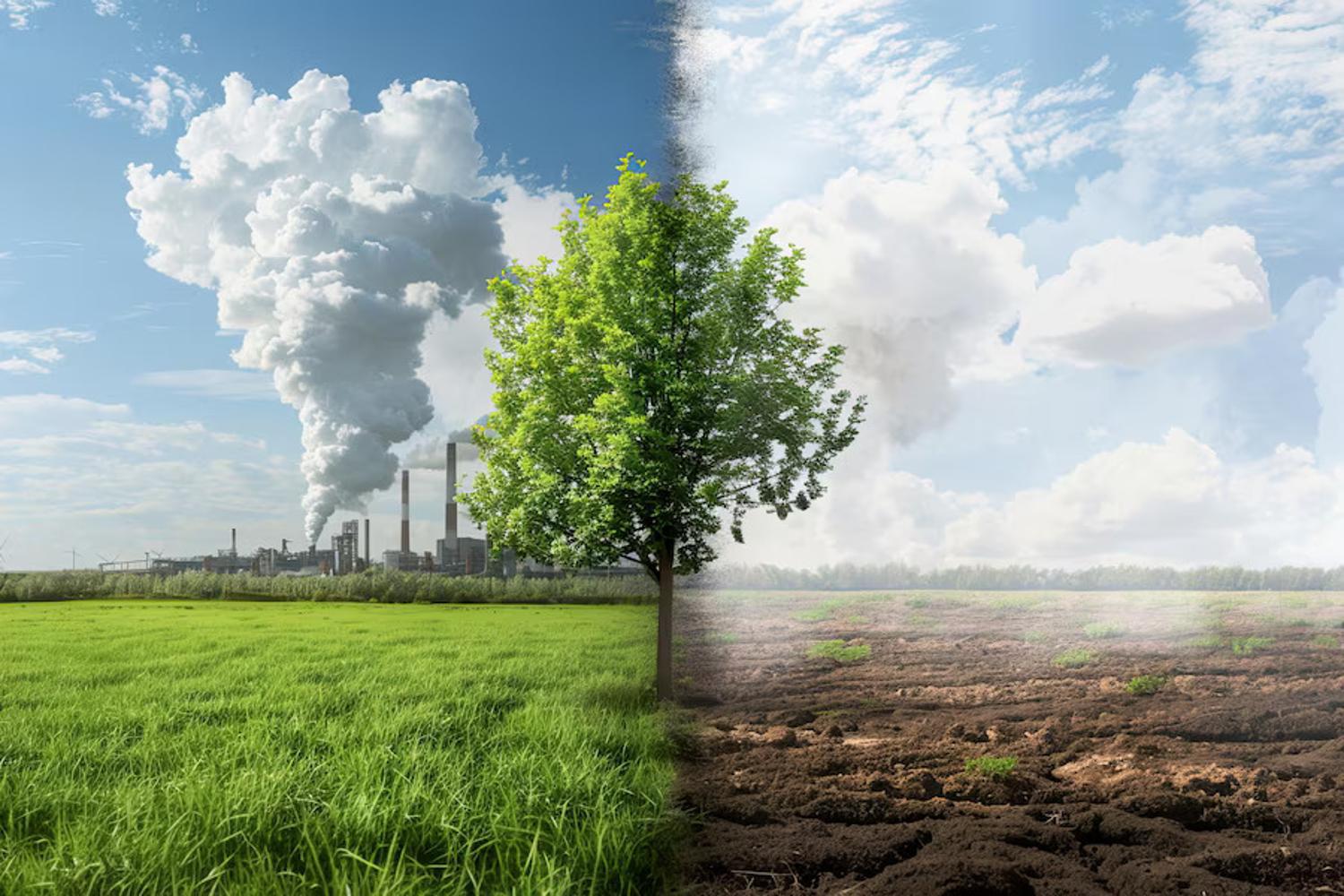
However, that’s not all we need to sustain complex life on Earth. In addition to the correct chemical conditions, we also need climatic stability. And scientists argue that climate change is seriously threatening that stability.
The vast majority of experts agree that climate change is rising sea levels, decreasing biodiversity, increasing global water and air temperatures, eroding and degradation the soil, increasing the chances of extreme weather like drought, flooding, wildfires, and hurricanes, and substantially intensifying the amount of carbon dioxide in the atmosphere.
The Four Pillars of Stability for Life on Earth

Now, while each and every one of these side effects is absolutely concerning, scientists have been able to deduce that there are exactly four pillars of stability on Earth which, upon collapse, would eliminate complex life on our planet.
According to a study published in the Nature Journal, the four pillars that life on our planet cannot live without are the West Antarctic Ice Sheet, the Greenland Ice Sheet, the Amazon Rainforest, and the Atlantic Meridional Overturning Circulation (AMOC).
The West Antarctic Ice Sheet
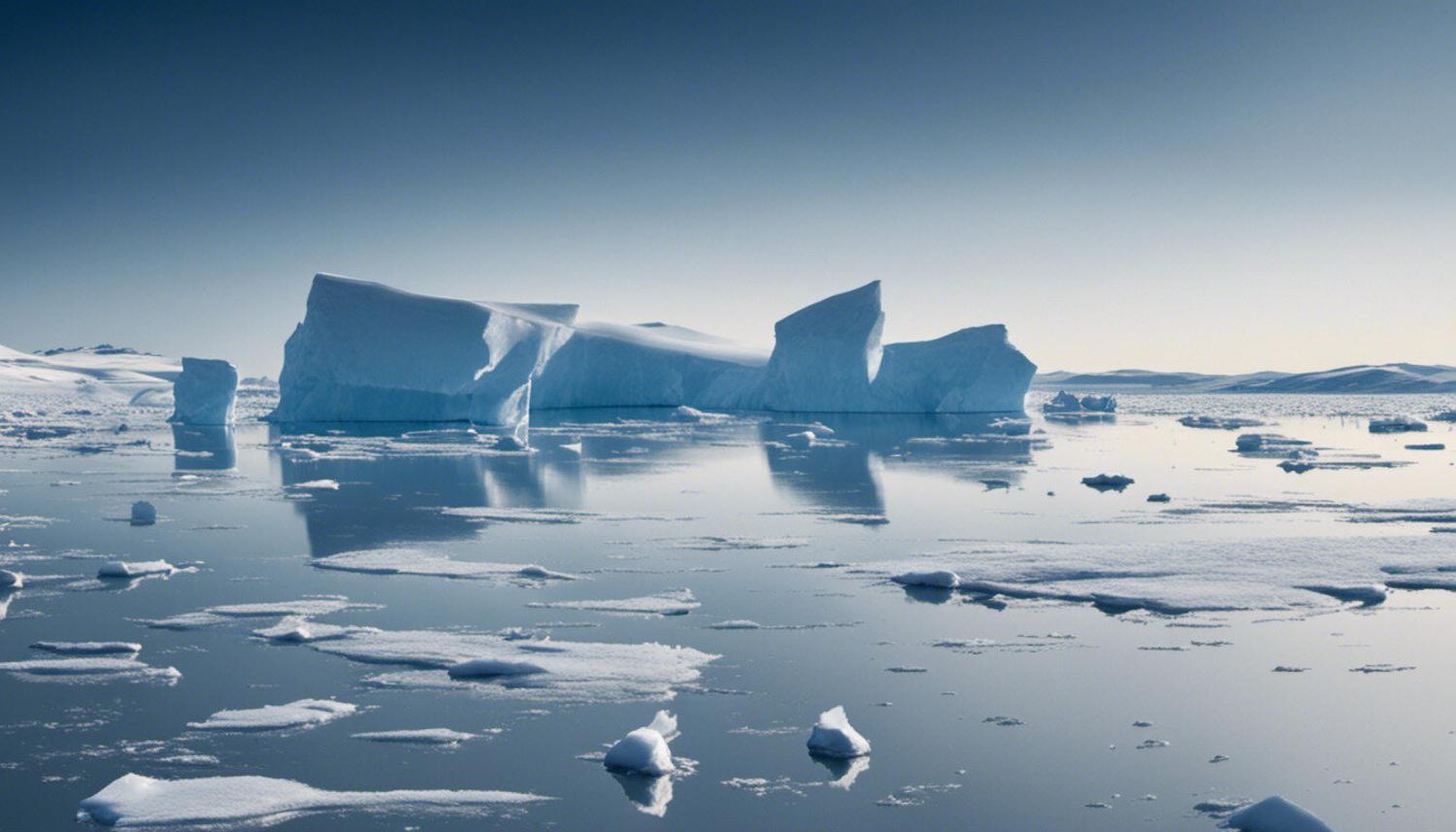
The West Antarctic Ice Sheet is the segment of the continental ice sheet which covers 760,000 square miles of western Antarctica. It sits well below sea levels, and its edges flow into small, floating ice shelves.
This crucial ice sheet has been slowly melting due to climate change since the 1950s, but scientists have seen extreme shrinking since the 1990s. Experts assume that, already, the melting of the West Antarctic Ice Sheet has contributed at least several millimeters of the global sea rise every year.
The Greenland Ice Sheet
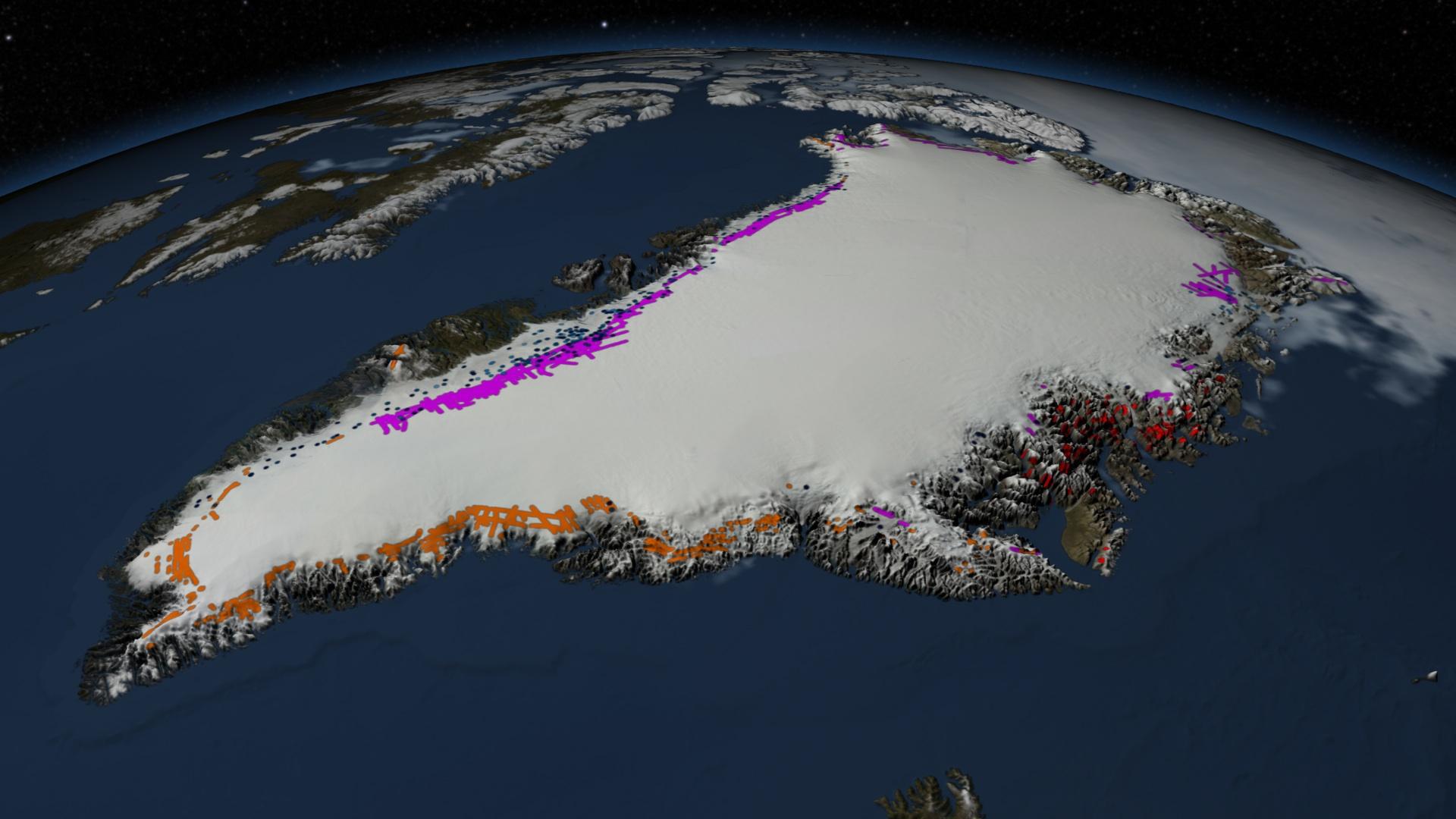
Like the West Antarctic Ice Sheet, the Greenland Ice Sheet is absolutely enormous, covering some 660,000 square miles of the Earth’s surface. The ice runs quite deep, often between one and two miles thick.
However, that has not protected this important natural resource from melting as the planet warms. The Greenland Ice Sheet is now losing ice faster than it has in at least 12,000 years.
The Amazon Rainforest
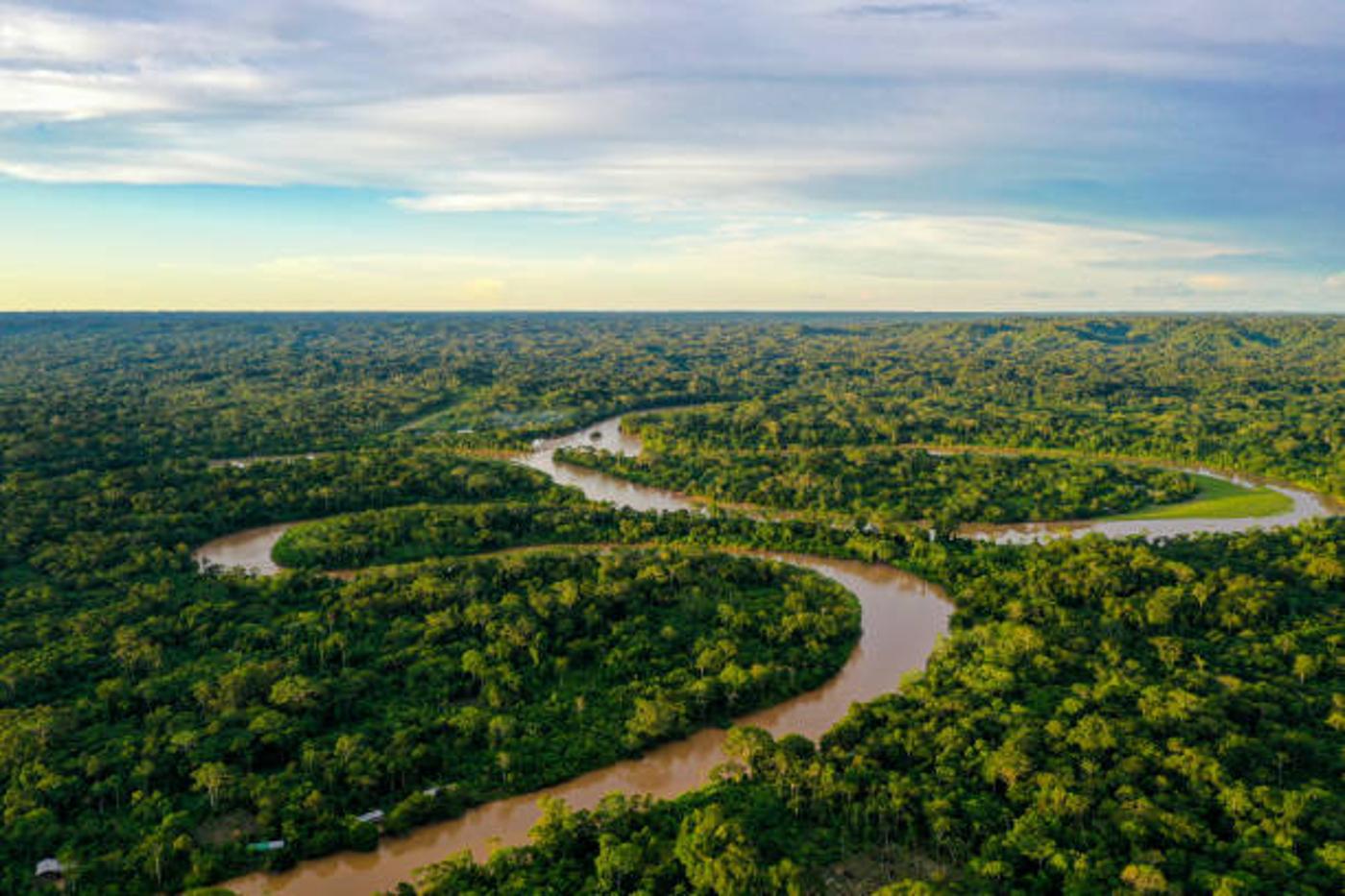
As the Earth’s giant ice sheets melt, they cause extreme increases in global sea levels, as well as change the temperature, biodiversity, and the entire functioning of the world’s oceans. But they are far from the only concern.
The Amazon Rainforest is also completely necessary for life on Earth as it helps stabilize the overall climate and maintain the proper carbon dioxide ratios in the air and water. And because of deforestation and disregard for this important ecosystem, the Amazon Rainforest could tip toward collapse by just 2050.
The Atlantic Meridional Overturning Circulation
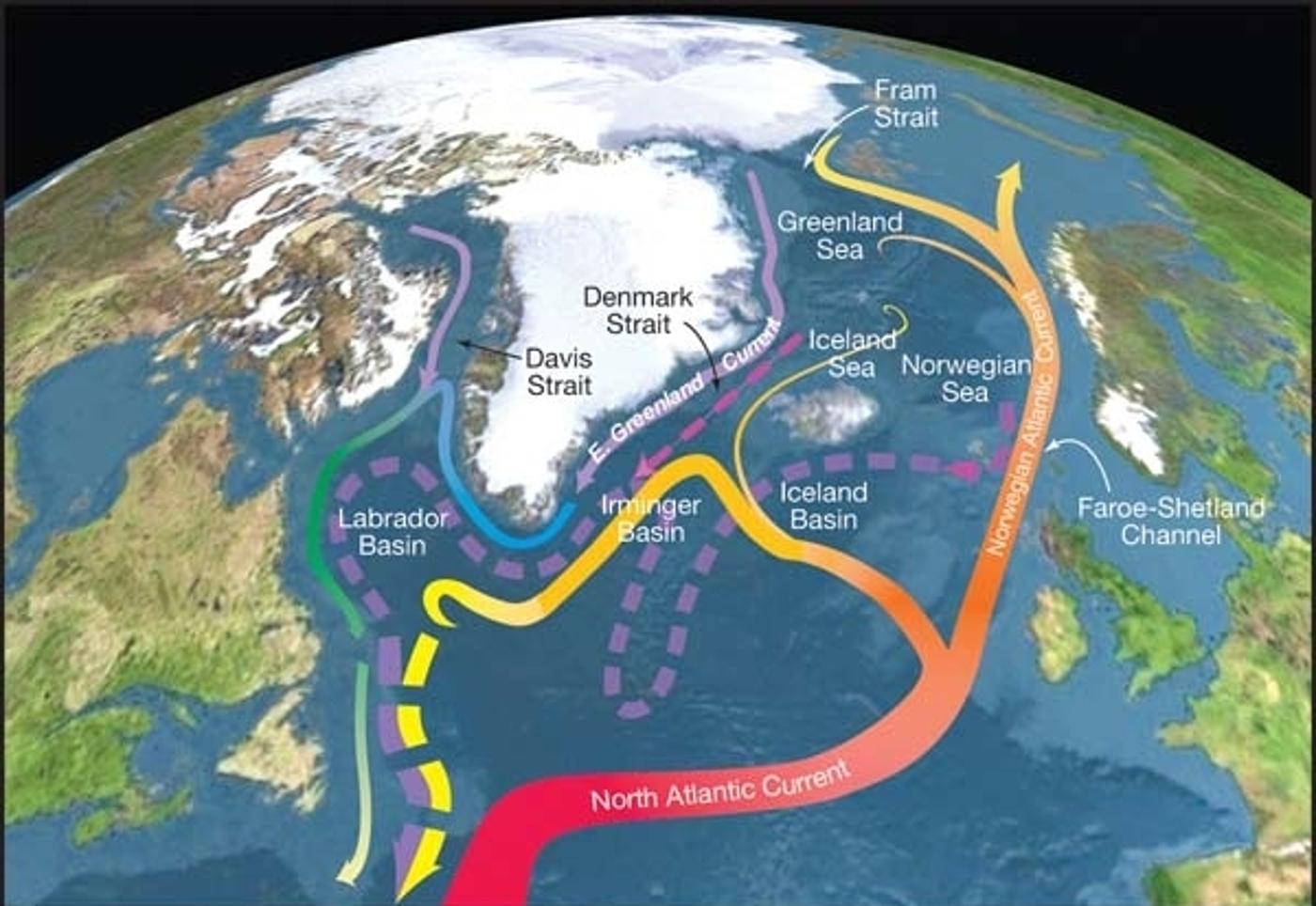
Additionally, the Atlantic Meridional Overturning Circulation (AMOC), is crucial to life on planet Earth. And yet, it’s inching towards complete collapse.
The AMOC is a system of ocean currents that brings warm water north and cold water south. However, the melting ice sheets and warmer temperatures in both the air and water are inhibiting the circulation from functioning as it should.
Every Tenth of a Degree Makes These Collapses More Likely

The researchers who wrote this study explained that the likelihood of these four pillars collapsing increases exponentially with every tenth of a degree that the planet warms past our 1.5°C limit.
They wrote, “Under current emission trajectories, temporarily overshooting the Paris global warming limit of 1.5 °C is a distinct possibility. Permanently exceeding this limit would substantially increase the probability of triggering climate tipping elements. Achieving and maintaining at least net zero greenhouse gas emissions by 2100 is paramount to minimize tipping risk in the long term.”
The Possibility of Climate Collapse Is 45% Until 2300

The researchers also explained that the possibility of a climate collapse sits around 45% until the year 2300. However, after that time, the possibility increases to a whopping 76%.
They also report that the only way to curtail this long-term disaster is to achieve net zero carbon emissions by just 2100. Otherwise, the chances that Earth will no longer be inhabitable in just a few hundred years will remain extremely high.
It’s Time to Stand Up and Join the Fight Against Climate Change

Now, more than ever before, it is absolutely crucial that people, companies, and lawmakers from around the world stand up and join the fight against climate change.
Because, as this study proves, if changes aren’t made this century, our planet could become completely uninhabitable by just 2300 or soon after.








































